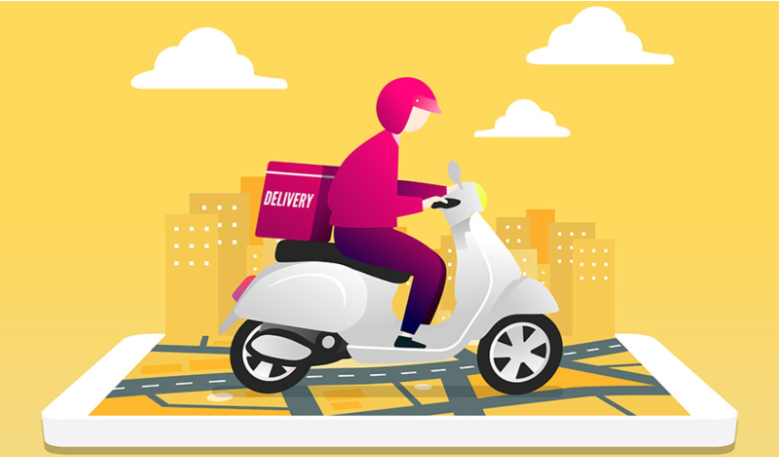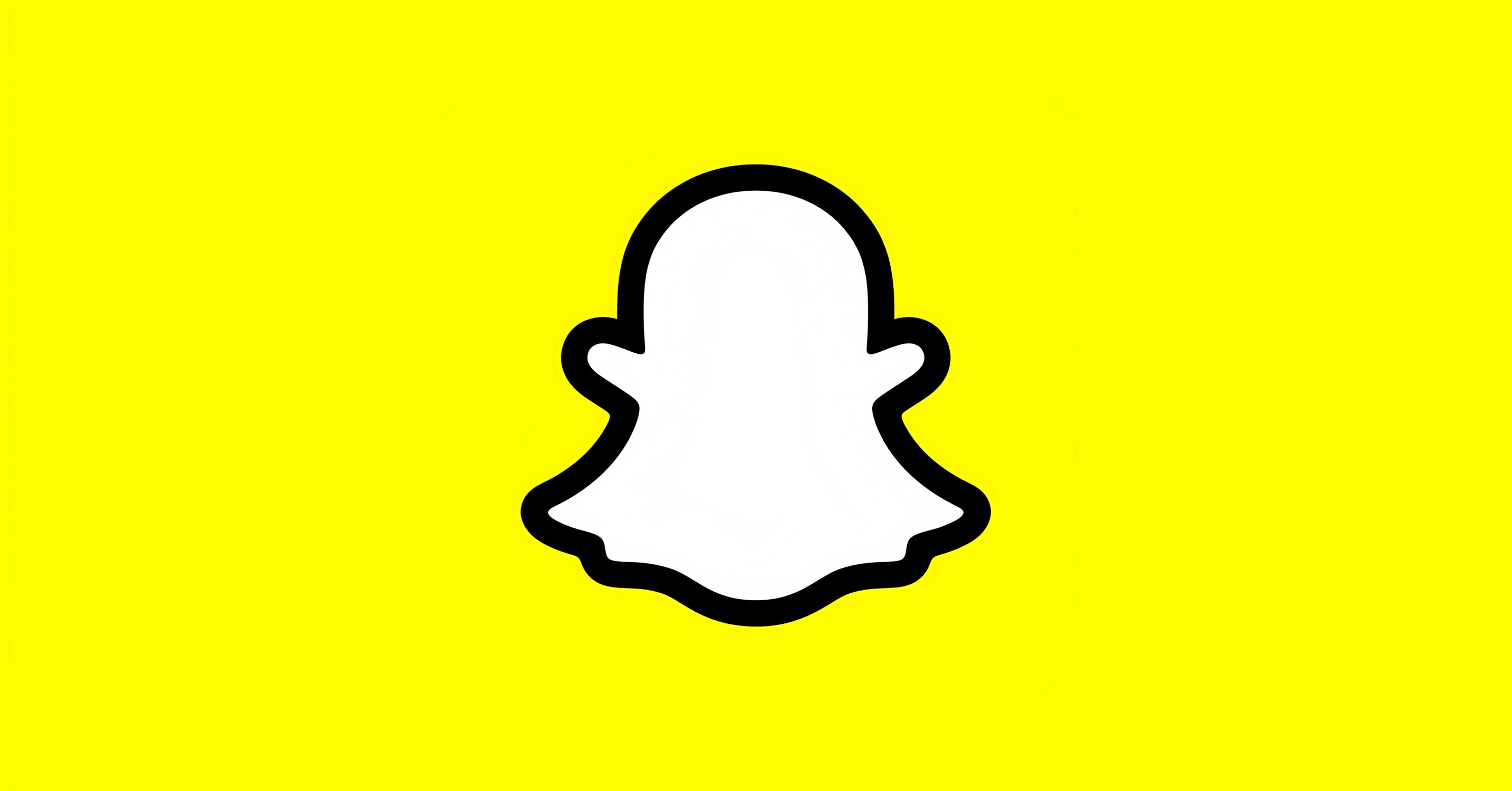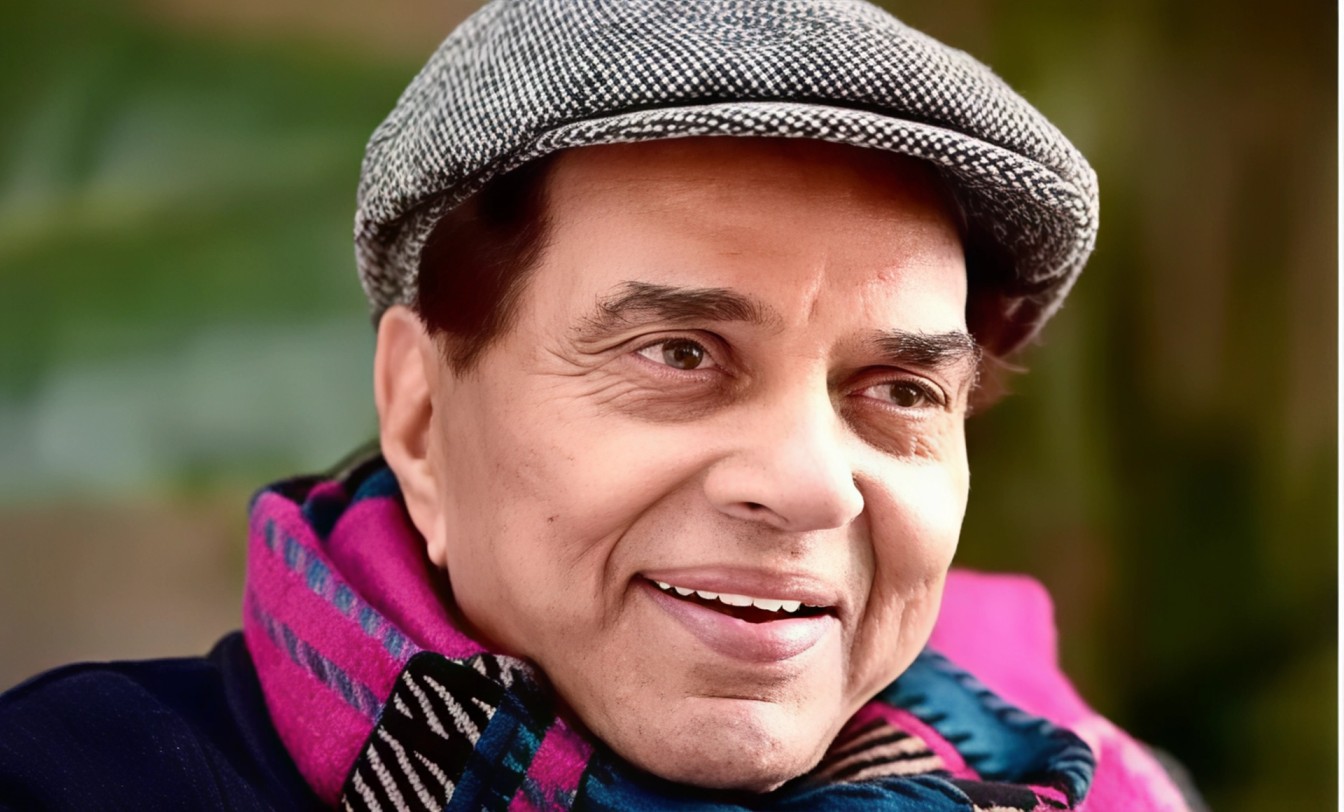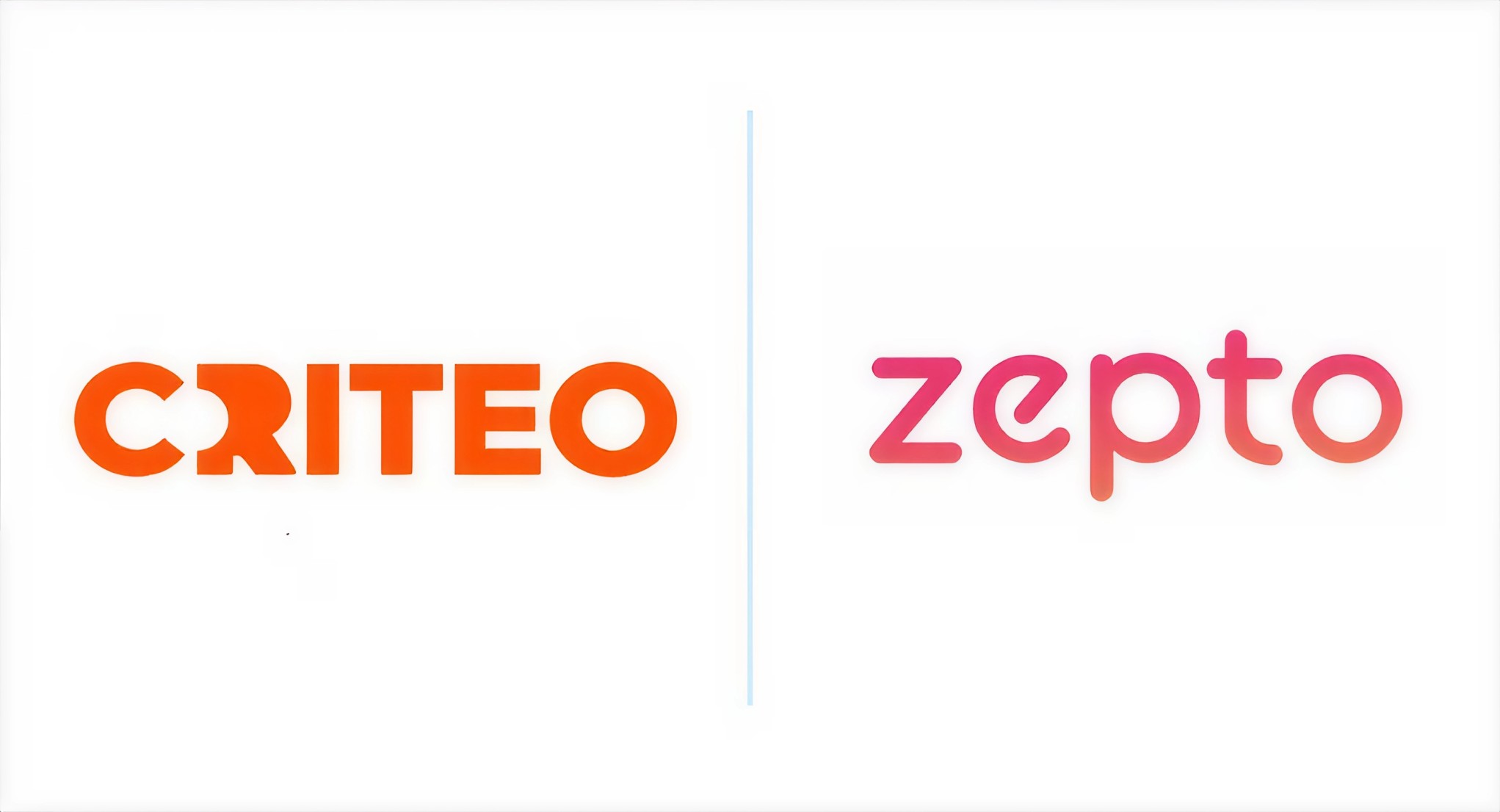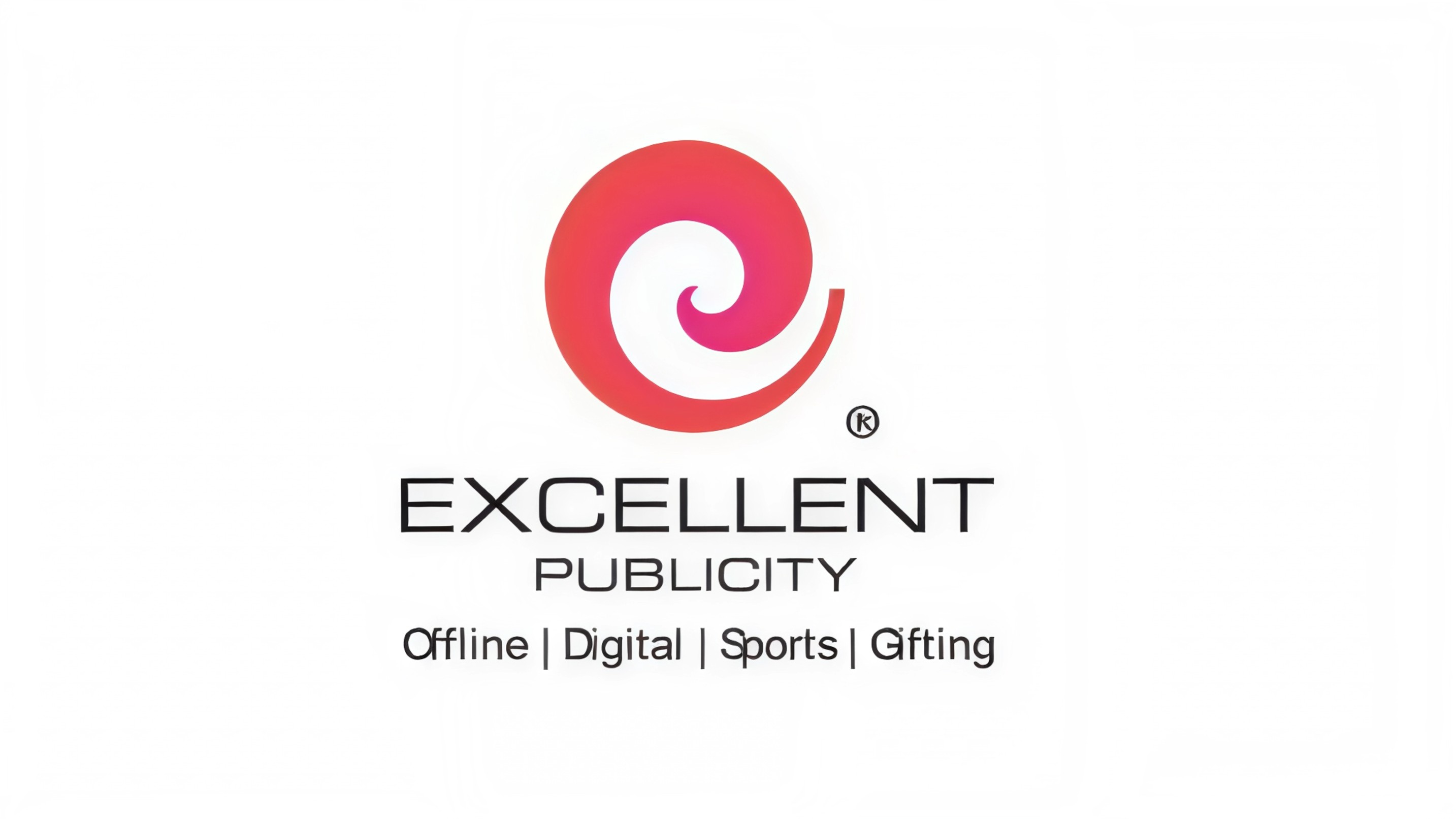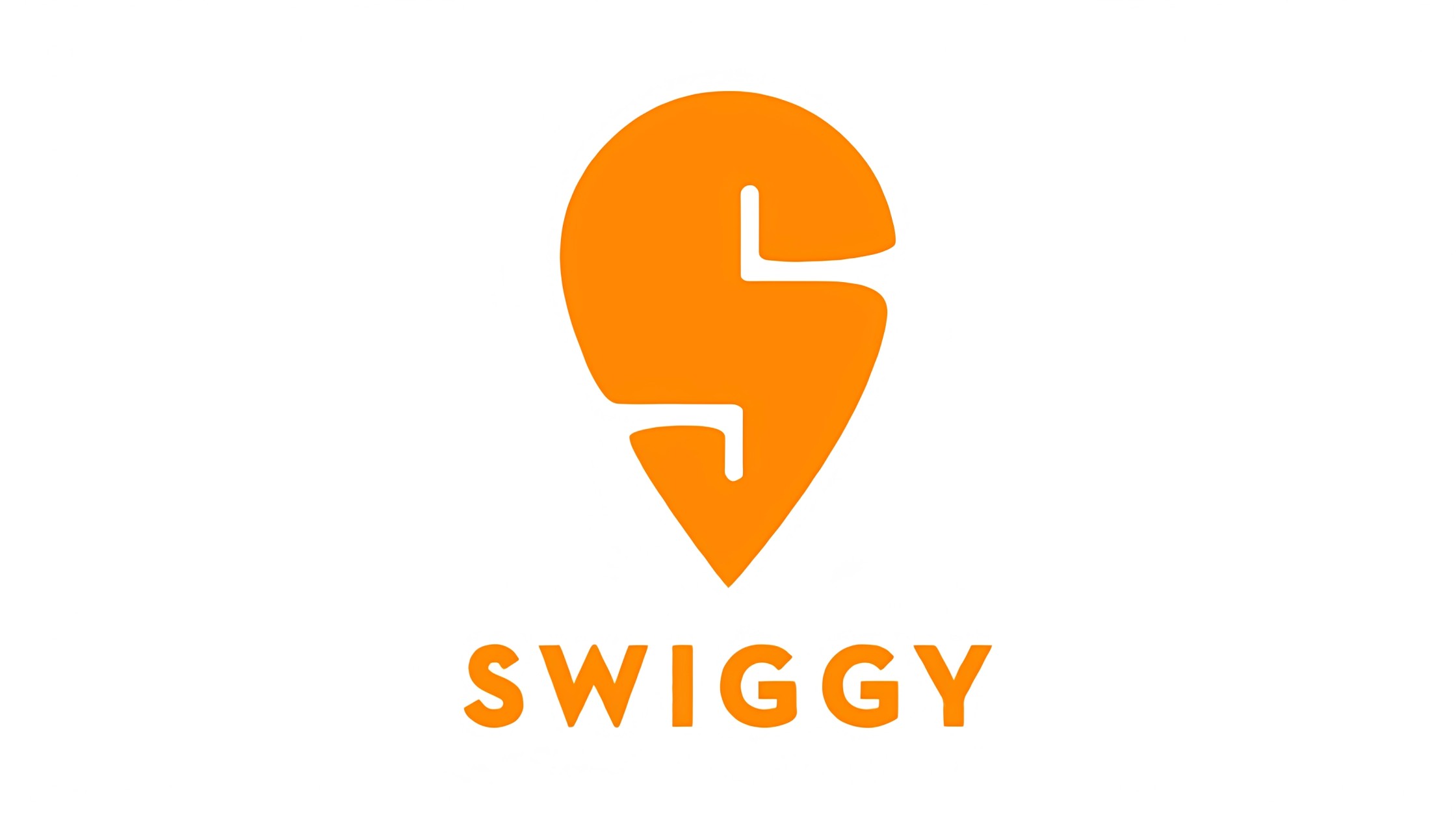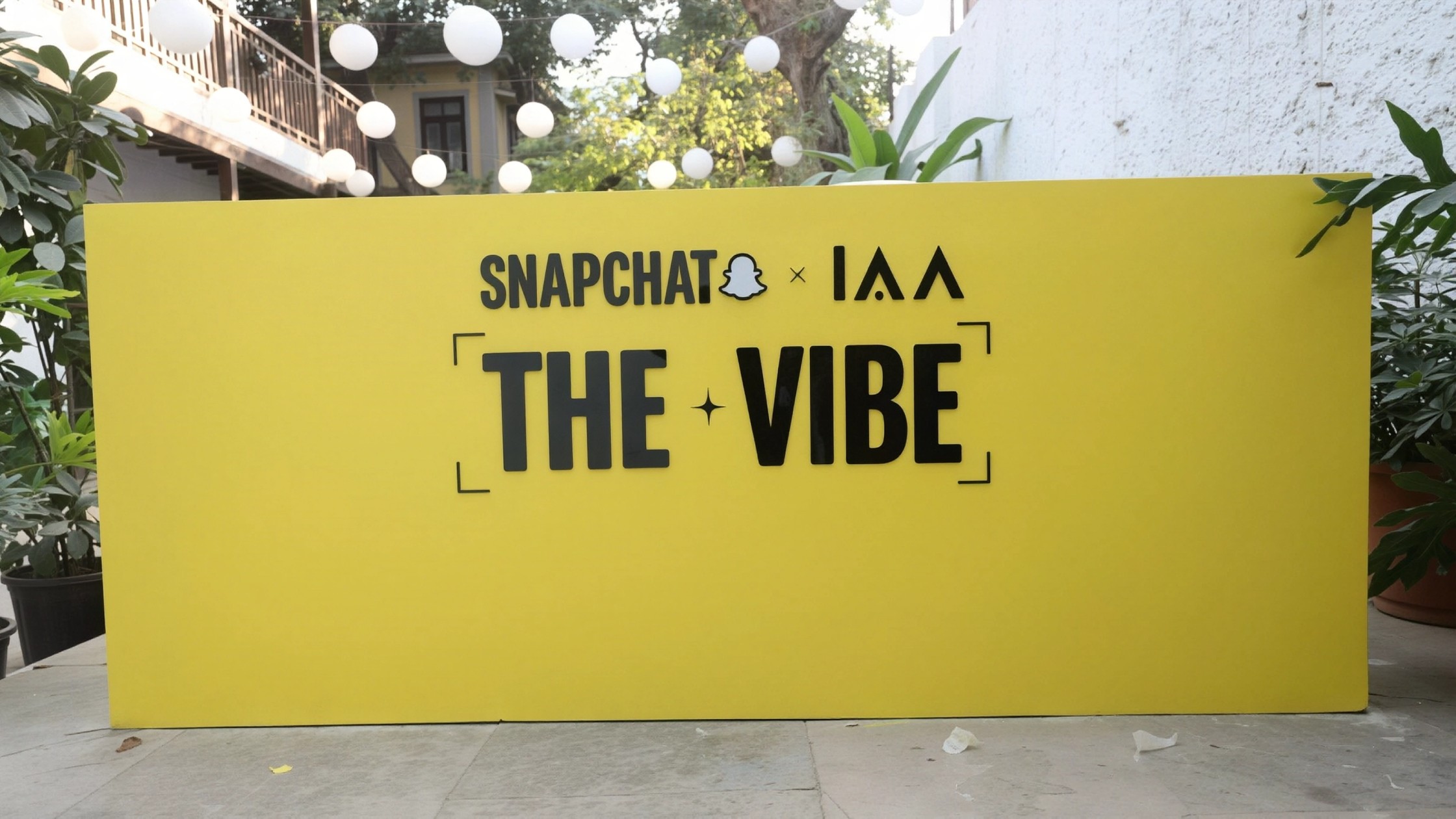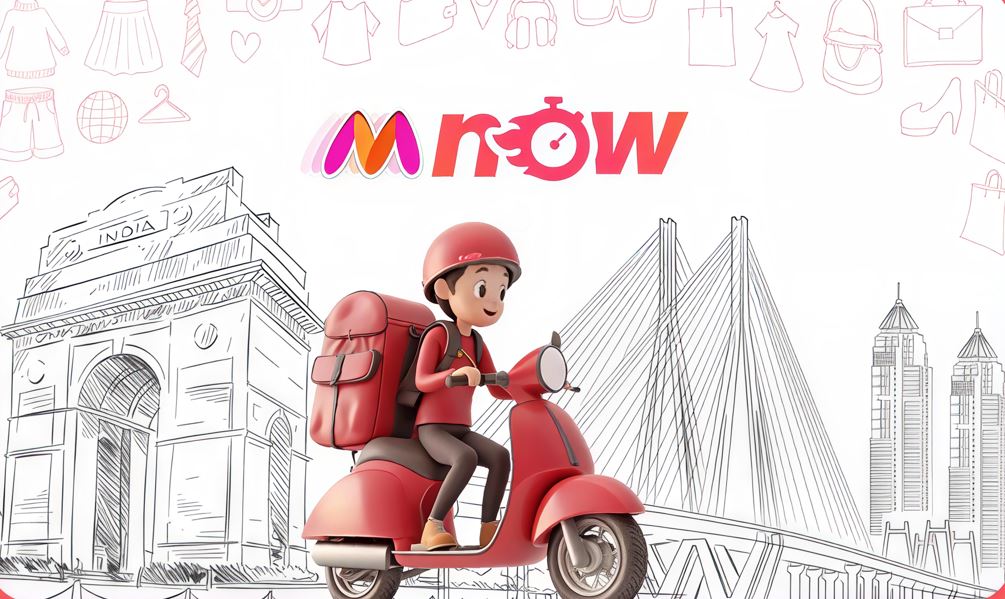Quick commerce is no longer a trend. It is a full blown strategy for how India shops, sells, and stays competitive. In metros and tier two cities alike, the promise of deliveries within minutes has reshaped the consumer experience. But behind the lightning fast fulfilment lies a much slower calculation for brands. What is the actual cost of being this quick?
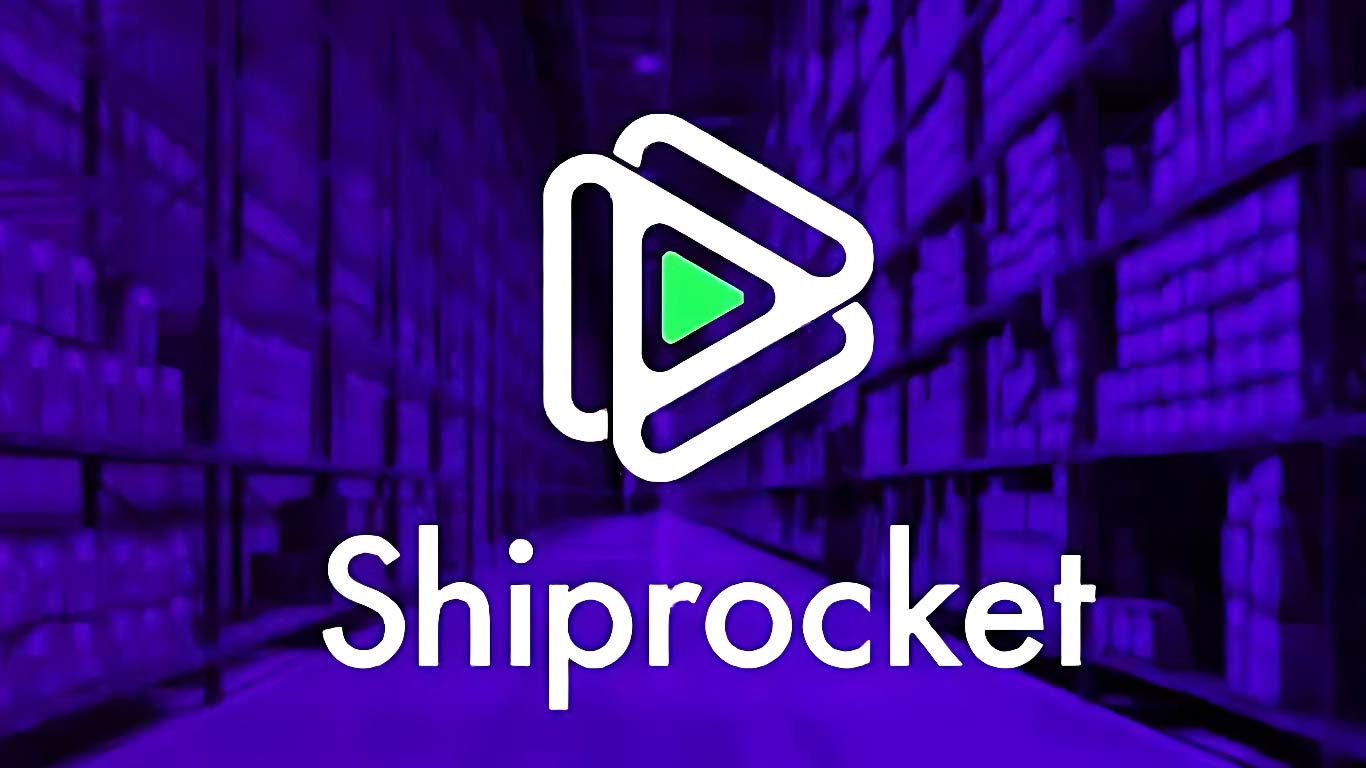
At a recent panel at Shiprocket’s Shivir, AI Commerce Edition, Simran Khara, founder and CEO of Koparo, made an honest admission. For brands like hers, which focus on sustainable home care, quick commerce has become essential but expensive. She revealed that nearly a third of her company’s revenue now comes from quick commerce channels. And yet, the cost to serve remains high, especially in product categories that already operate with tight margins.
It is a dilemma many D2C brands in India are facing. On one hand, quick commerce platforms provide unmatched reach, visibility, and last mile delivery capabilities. On the other hand, the economics of these platforms can strain even well funded startups. Operating costs pile up quickly, and in a price sensitive market, the pressure to absorb those costs without passing them on to customers is intense.
ADVERTISEMENT

India’s quick commerce market is on a steep growth curve. Reports estimate it will touch nearly 64000 crore rupees by the end of FY25, growing at a staggering compound annual growth rate of 142 percent since FY22. This kind of acceleration signals that brands do not have the luxury to wait and watch. The question is no longer whether to enter quick commerce. It is how to stay profitable while doing so.
Technology is also becoming central to this conversation. Meta’s director of agencies and VC partnerships, Gaurav Jeet Singh, pointed out the importance of responsiveness in this fast paced ecosystem. He shared that conversion rates can drastically drop with even a single second of delay in customer response. In fact, profits fall by nearly seven percent for every extra second taken to reply. For brands operating on platforms like Blinkit or Instamart, response time is not just a metric. It is a make or break factor for performance.
Meta also sees WhatsApp as a major opportunity for customer retention in quick commerce. With integrated commerce features and direct communication tools, platforms that can personalize service in real time stand to gain significant loyalty. This is especially important for repeat purchases in categories like groceries, personal care, and daily essentials.
ADVERTISEMENT
What makes this shift more complex is the evolving nature of customer expectations. Fast is no longer a bonus. It is the baseline. Consumers do not just want their order in ten minutes. They want recommendations, updates, and issue resolutions just as fast. This requires brands to invest heavily in not just logistics, but also customer service, automation, and AI tools that can operate at the speed of demand.
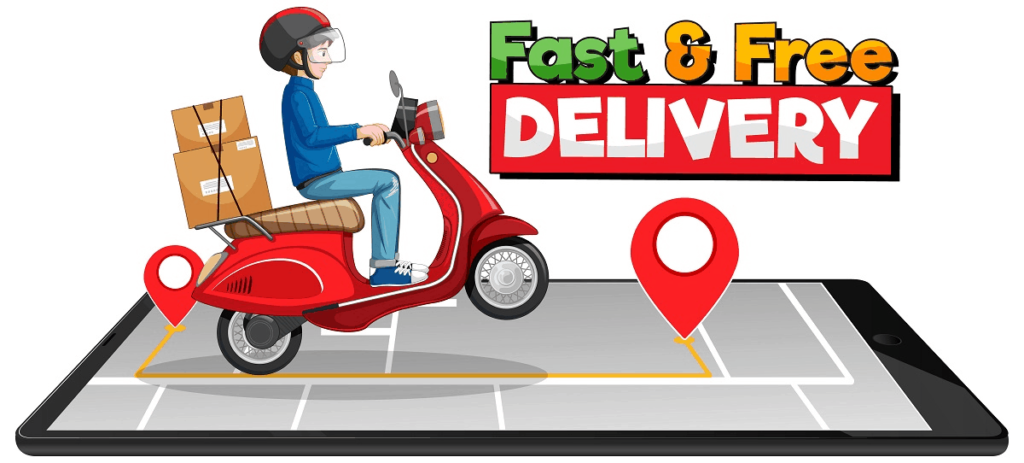
There are also broader business shifts happening under the surface. Reports suggest that over 300 regional and small brands joined food delivery and q commerce platforms in the last month alone, many hoping to capitalise on events like the Indian Premier League to drive discovery and impulse purchases. These moments bring temporary spikes, but also force brands to invest in rapid scale, flexible inventory, and aggressive marketing.
Interestingly, while customer acquisition is at an all time high, performance marketing spends by platforms like Instamart and Blinkit have remained cautious in the first quarter of FY26. This suggests that while the infrastructure for fast delivery is being built, the profitability conversation is just beginning.
In the race to stay fast and visible, brands are learning that quick commerce is not just a channel. It is a commitment. A commitment to speed, service, and scalability that may cost more than they initially planned. But for those who master it, the rewards could be equally fast and lasting.
ADVERTISEMENT
For more updates on India’s evolving marketing landscape and the business of speed, follow Marketing Moves on Instagram and Facebook.

